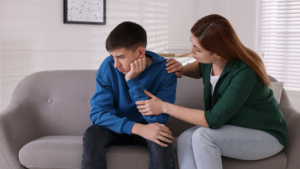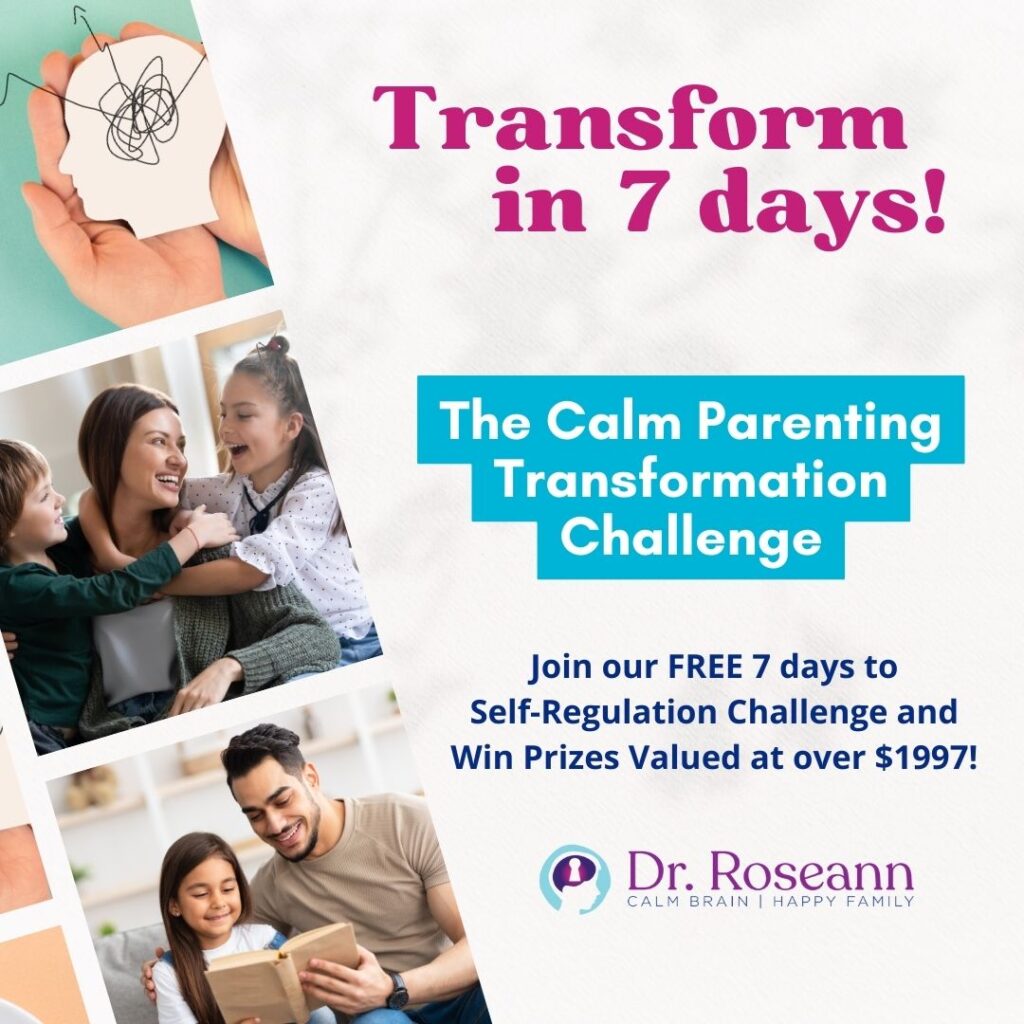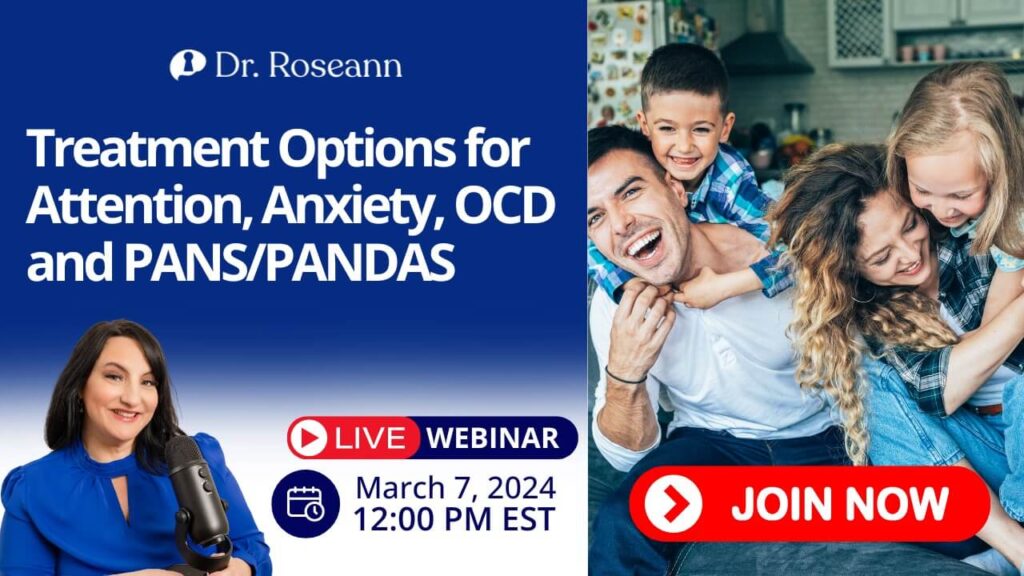Behavioral Issues Therapy
Why do children have behavioral issues?
There are many reasons why children have behavioral issues – sometimes it is due to genetics, sometimes environmental stressors or toxins, and other times due to emotional difficulties. Children with ADHD, sensory issues or Sensory Processing Disorder (SPD), Austim (ASD), anxiety, mood disorder, Oppositional Defiant Disorder (ODD), etc. all expirence higher rates of behavioral issues. Whatever the source, difficulty with self-regulation is at the core of the issue. Self-regulation impacts impulse control, metacognitive functioning, emotional control, and behavioral regulation. When a child displays behavioral issues it is not only hard on their self-esteem and self-concept, but also tough on parents and family life.
Medication vs Behavioral Therapy
Medication doesn't help kids with behavioral issues in the long term. Research (Jensen, Arnold et al., 2007) demonstrated that early advantages of medication were no longer present at 3- year follow-up, unlike the results of behavioral therapy and community care.
Our Science-backed Solutions

How can Neurofeedback help?
Neurofeedback teaches the brain self-regulation, something kids with behavioral issues lack, in a pleasant yet highly effective way. They typically have too many unfocused brain waves and not enough focused brain waves. Children can have issues with emotional and behavioral regulation as a result. Neurofeedback can alter the amount of and ratios of these waves to help retrain the brain and therefore reduce symptoms.
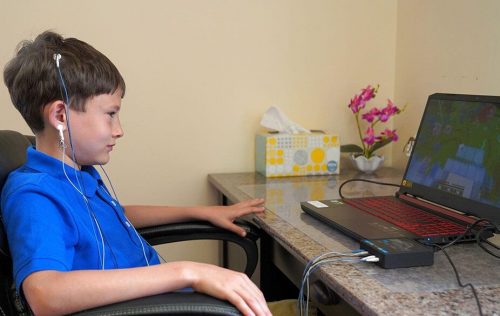
How can Advanced Bio-Regulation (BRT) help?
BRT is a unique approach to health and wellness that uses Biofeedback and PEMF-based Electromagnetic Technology to help the body better self-regulate, adapt, and heal naturally. The body’s nervous system uses that feedback to reorganize itself and improve its own intercellular communication, This can be used to promote healing, help with detoxification, improve restorative sleep, reduce anxiety and so on, which can lead to improved feelings of calm and well-being. By calming the nervous system, children with behavioral issues can self-regulate and respond to their therapies and educational programs with more engagement.
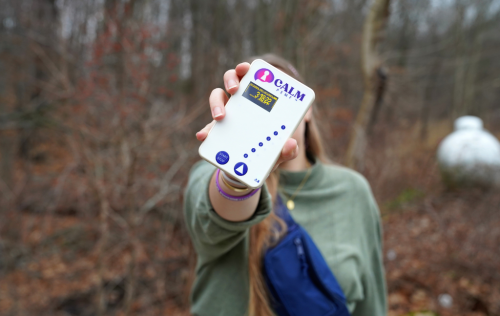
How can counseling help?
Behavioral therapy, parent coaching, and executive functioning training gives you the tools to learn new, more productive ways to deal with behaviors. When a child or teen has behavioral issues, therapy can be a powerful tool and parents need direct coaching on how to support their children, as well as give children and teens the tools to help with self-regulation, problem-solving, and stress tolerance. We combine psychoeducation with research-based tools that empower parents and children to help them make a change.
Why Dr. Roseann for Behavioral Therapy?
Dr. Roseann is a Psychologist who works with children, teens and young adults from all over the US supporting them with research based and holistic therapies that are bridged with neuroscience.
Dr. Roseann is a Board Certified Neurofeedback (BCN) Practitioner and is a Board Member of the Northeast Region Biofeedback Society (NRBS) and Epidemic Answers.
She is also a member of the International Society for Neurofeedback and Research (ISNR) and The Association of Applied Psychophysiology and Biofeedback (AAPB).
Here’s What Children and Families Are Saying About Working With Us!


We are here to help!
Dr. Roseann Cappana-Hodge uses Neurofeedback, Biofeedback, PEMF & other non-invasive treatments to create customized, drugless solutions to support improved health naturally. Schedule a consultation to meet with us and start on your road to health.


